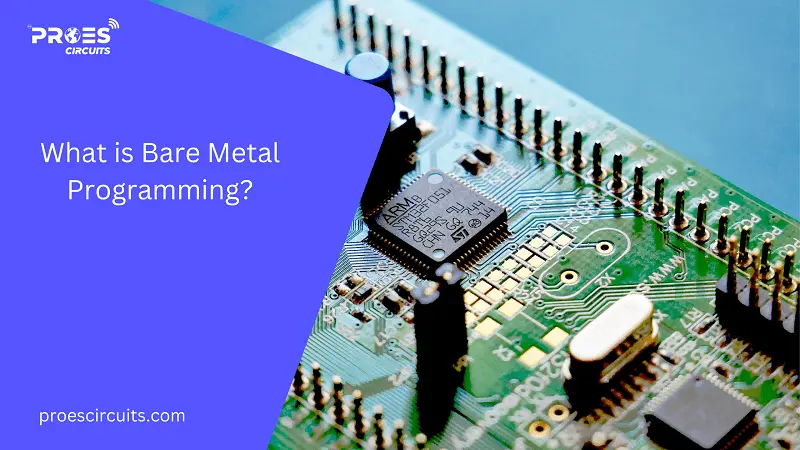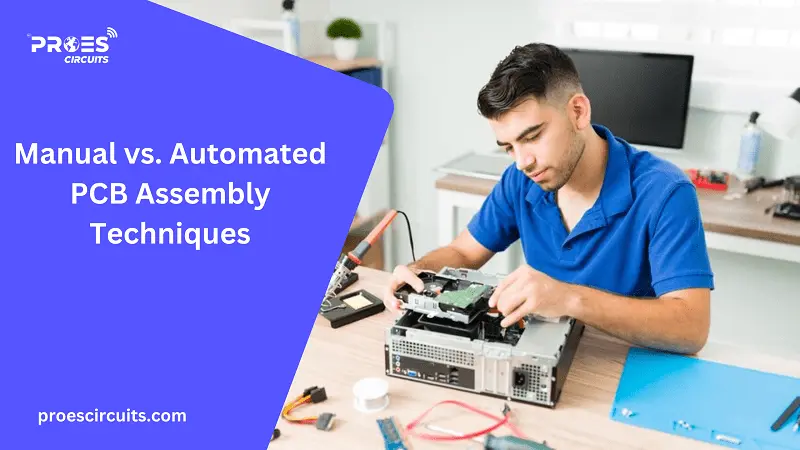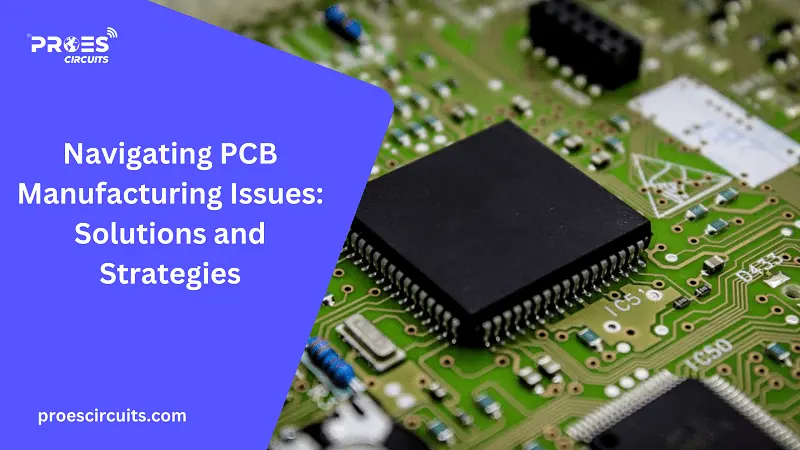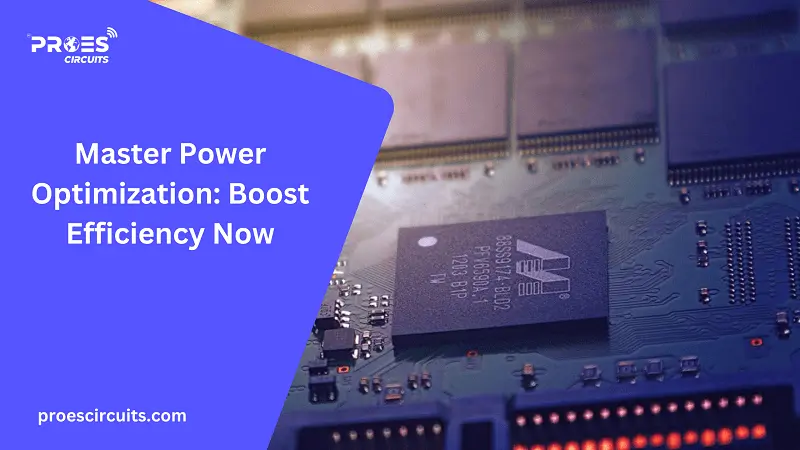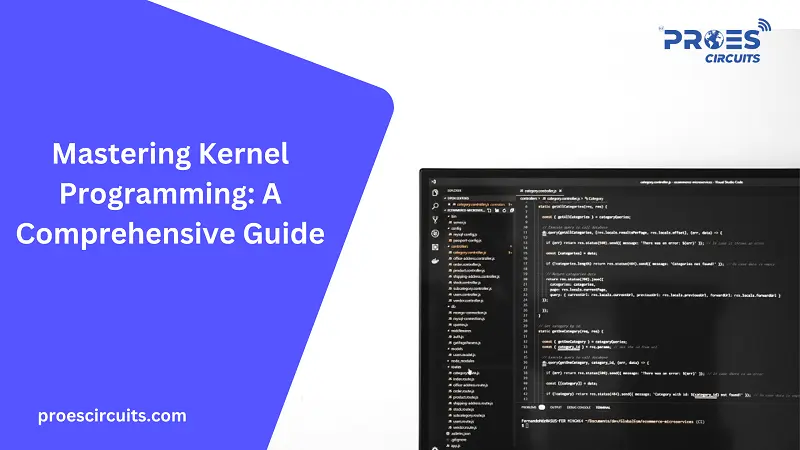Bare metal programming is a foundational form of coding directly on a system’s hardware, bypassing any operating system or abstraction layers. This method directly engages with the hardware, considering the unique specifications of the system’s components.
In the contemporary landscape of IT, where cloud computing and virtualization dominate, understanding hypervisors has become a necessary skill for programmers and IT professionals. This shift towards virtualization technologies, such as hypervisors, demands additional technical expertise and training for organizations aiming to equip their workforce with the necessary knowledge. Two pivotal examples of bare metal hypervisors, or virtual machine monitors (VMMs), that are essential for IT professionals to comprehend include VMware and Kernel-based Virtual Machines (KVM).
However, bare metal programming offers a simpler approach by eliminating the need to master these sophisticated virtualization concepts. It harks back to traditional programming methods that were directly tied to a computer’s physical components, emphasizing the importance of the BIOS and the boot sequence. Bare metal programming represents a return to the era where direct interaction with a machine’s hardware and system configurations was paramount.
How Does Bare Metal Programming Work?
Bare metal programming involves starting with a basic bootloader that initiates key system components such as the clock, memory, and processor. This step is crucial for setting up a framework that allows the program to create a detailed memory map for the microcontroller’s hardware registers. Additionally, in the realm of embedded systems, a startup file is essential for the initial setup of the hardware, including configuring the memory stack and heap.
This approach to programming is akin to working directly with bootloaders or firmware, where the code directly interfaces with and initializes the hardware components of a device. Bare metal code is close to the hardware, functioning in a language that the machine directly understands. Unlike other programming methods that require layers of software abstraction, bare metal code executes directly on the system, providing a streamlined path to hardware initialization and operation.
Benefits of Bare Metal Programming
Bare metal programming offers several key advantages that streamline and enhance the development process. Firstly, a range of tools and resources are available to aid developers throughout the programming stages. Furthermore, file libraries are designed to be compatible with bare metal systems, providing essential functionalities such as peripheral file management and configuration options. This allows developers to customize and adjust their code according to specific needs easily.
The approach of coding directly on the device, whether it be a chip or microcontroller, ensures simplicity and directness. Bare metal programming’s inherent single-tenant design facilitates scalability and enhances code security. Moreover, this method of programming is more memory-efficient and energy-effective, making it ideal for managing hardware microcontrollers with precision.
Drawbacks of Bare Metal Programming
Provisioning entails setting up a computer’s hardware with an operating system or a Type 1 bare metal hypervisor. Bootstrapping, on the other hand, is the process of loading initial code instructions when a device is powered on or restarted. Despite their importance, both bootstrapping and provisioning come with certain limitations.
A significant challenge is managing the frequent input/output (I/O) memory operations necessary for executing various tasks during startup. When these operations encounter problems, they can lead to system failures that necessitate complex troubleshooting efforts to resolve. Additionally, because bare metal programming often lacks built-in error logging, diagnosing and fixing system issues requires a high level of technical expertise. Furthermore, any atypical outputs won’t be visible without implementing specific custom coding to reveal them.
What is Bare Metal Programming Used For?
Our exploration into the advantages and drawbacks of bare metal programming naturally leads to an inquiry about its optimal applications. To understand the true potential of bare metal programming, consider these practical scenarios where it shines.
Bare metal applications operate straight from the bootloader, enabling unparalleled customization opportunities to enhance performance, bypassing the need for a virtualization layer. This capability facilitates direct control over the activation and termination of instances at the most fundamental level, tailoring the code to precisely fit the required infrastructure.
Bare metal programming is distinguished by its elevated security features, which streamline operations and improve memory management for more efficient task execution, often surpassing the performance of solutions based on hosted hypervisors. Its enhanced security is attributed to a minimized attack surface.
Moreover, its design as a single-tenant environment grants it greater processing power compared to standard virtual machines, offering a robust framework for applications that demand high security, intensive processing, and direct hardware access.
- Embedded Systems Use Case
Embedded systems often operate on hardware that lacks the sophistication for an operating system. Historically, many early embedded systems were too rudimentary to support an OS, making them ideal candidates for bare metal programming. Through the use of continuous loops, known as super loops, programmers can manage sequential tasks effectively, even incorporating interrupts for microcontroller-based tasks. This approach is particularly suited for developers seeking to implement straightforward, cost-effective solutions without the need for external firmware or drivers. - Real-Time Systems Use Case
Real-time systems, while sharing similarities with embedded systems, incorporate a specialized operating system that differs significantly from traditional OS designs. The key distinction lies in the system’s response time; real-time operating systems (RTOS) are streamlined to ensure swift reaction to external inputs, thanks to their simplicity and deterministic response capabilities. RTOSs are employed for managing file systems, debugging applications, and handling device I/O protocols, making them an excellent choice for applications requiring precise task prioritization and scheduling. These systems characteristically operate in a perpetual cycle, employing loops that either run continuously or conclude based on specific conditions, such as in a do-while loop, which runs a code block at least once before potentially repeating or ending based on a boolean condition. - High Performance Computing (HPC) Use Case
Bare metal programming plays a pivotal role in democratizing high performance computing (HPC), making advanced computing resources accessible to a wider array of organizations and individuals. This inclusivity fosters a broader engagement in solving complex global challenges, from AI development and predictive analytics to sophisticated financial modeling. Through bare metal programming, the barrier to entry for engaging in HPC endeavors is significantly lowered, inviting a more diverse group of thinkers and innovators to contribute to addressing some of the world’s most pressing issues.
Getting Started With Bare Metal Programming
Despite seeming like a relic from an earlier era, bare metal programming retains a specialized role within contemporary IT and business landscapes. This approach allows businesses to efficiently allocate resources towards more strategic initiatives by operating systems designed for lean operation. Furthermore, cloud dedicated hosting presents an opportunity for small businesses to harness the power of high-performance computing (HPC) technologies, such as artificial intelligence (AI) and predictive analytics, enhancing their competitive edge.
Liquid Web’s Cloud Dedicated and bare metal cloud servers combine the robust processing capabilities of dedicated servers with the scalability and flexibility of cloud computing. For those in search of a potent cloud-based solution that offers the exclusivity of a single-tenant, dedicated server environment, Liquid Web’s Cloud Dedicated servers represent an ideal choice.

